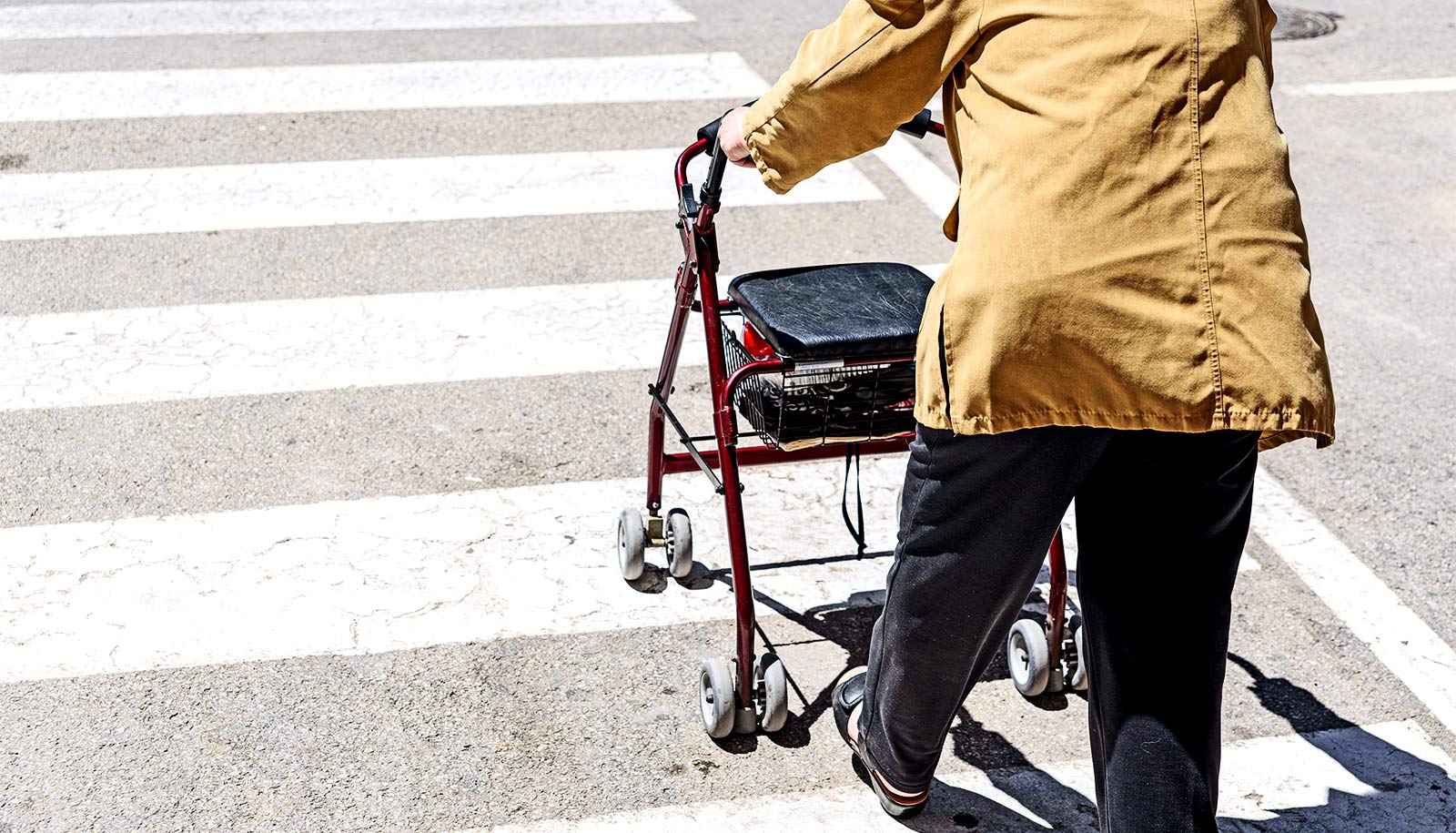Older people living in less advantaged neighborhoods become disabled roughly two years earlier than their counterparts in more affluent neighborhoods, according to a new study.
The findings shed new light on the role environment plays in the disabling process and also point to a tangible effect of structural racism on the lives of older Americans, the researchers say.
The researchers tracked a cohort of 754 nondisabled people living in south central Connecticut from 1998 to 2020. All participants were 70 or older at the start of the study. The researchers interviewed them every month about their ability to conduct four essential activities of daily living: bathing, dressing, walking, and transferring from a chair without assistance.
“We’ve followed this cohort of community-living, older persons since the late 1990s, trying to understand the factors that allow people to maintain their independence as they grow older,” says Thomas M. Gill, professor of geriatric medicine at Yale University and principal investigator of the new study in JAMA Internal Medicine.
Gill and his collaborators have published more than 120 studies looking at individual factors that contribute to disability, including lack of mobility and injuries related to falls.
“But until now, we’ve not paid as much attention to the environment in which an older person is living, more broadly,” Gill says. “For example, how does living in a disadvantaged neighborhood affect the disabling process?”
To do this, the researchers analyzed their data with the Area Deprivation Index, a census-based socioeconomic measure of 17 education, employment, housing quality, and poverty indicators that can identify disadvantaged neighborhoods down to the nine-digit zip code level. Researchers at the University of Wisconsin developed the Area Deprivation Index.
Gill and his team found that, on average, a 70-year-old person in a disadvantaged neighborhood maintained their independence for 12.3 more years. But a 70-year-old person in a more advantaged neighborhood remained independent for an average of 14.2 more years.
The researchers say there are many possible factors contributing to the disparity between advantaged and disadvantaged neighborhoods. They include access to quality medical care, availability of nutritious food, the condition of local sidewalks, access to public transportation, and stress related to neighborhood crime or violence in some places.
“We’re hoping we can take our research to the next level and determine some of the mechanisms involved here, including structural racism,” Gill says. “Disadvantaged neighborhoods don’t happen by coincidence. There have been residential, long-term, structural inequalities and racism, including residential segregation.”
The researchers will aim future studies at highlighting public policies that might alleviate environmental disparities in the disabling process, Gill says.
Additional coauthors are from the University of Maryland and Yale. The National Institute on Aging helped to fund the research.
Source: Yale University



